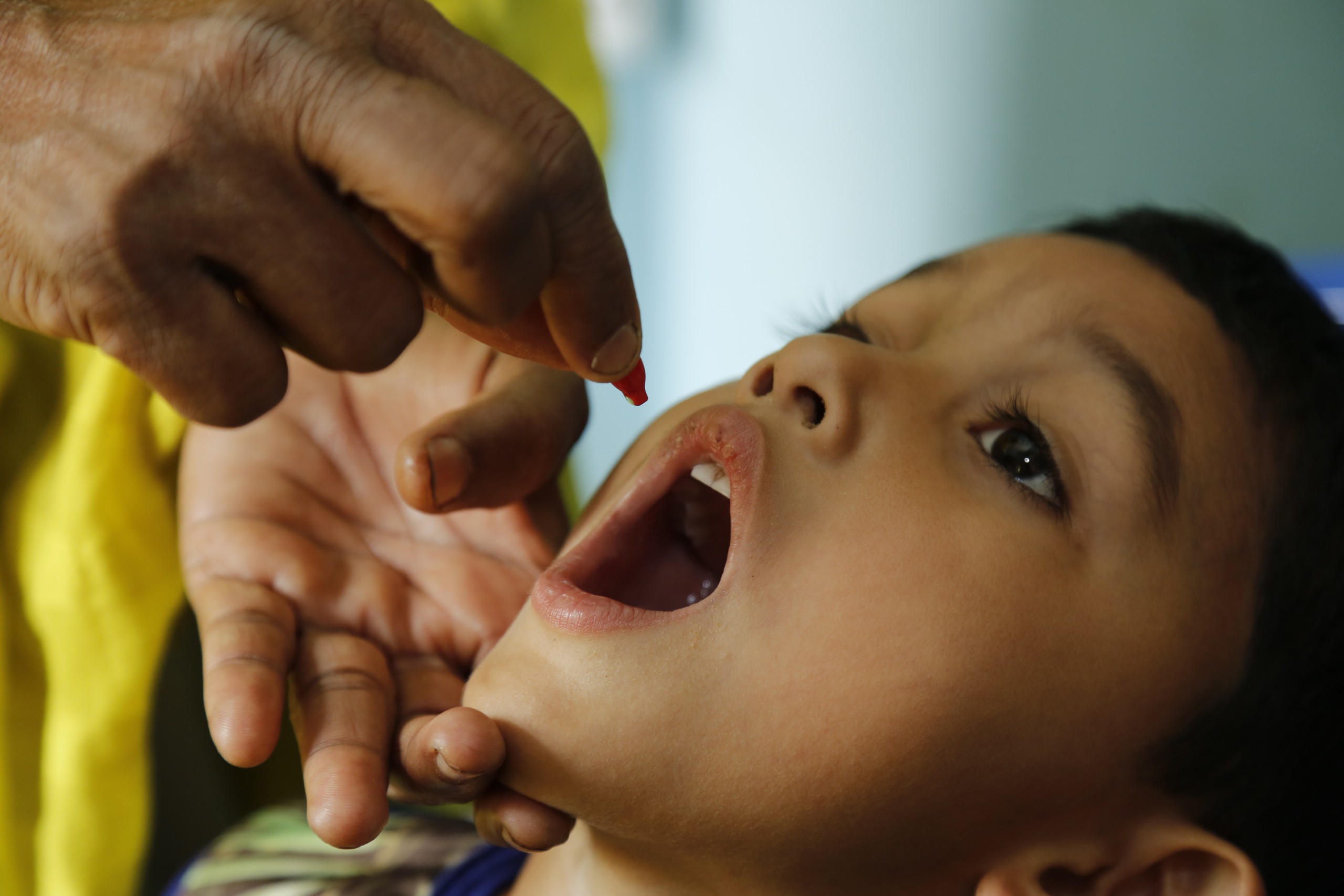News
Nutrition International highlights Canada-Africa partnership to advance nutrition, health and education goals
November 18, 2024
WP_Term Object
(
[term_id] => 136
[name] => Blog Posts
[slug] => all-blog-posts
[term_group] => 0
[term_taxonomy_id] => 136
[taxonomy] => news-category
[description] => See what’s top of mind for our technical experts as they share the latest on cutting-edge nutrition research, policy updates, and implementation guidance.
[parent] => 2025
[count] => 137
[filter] => raw
)
Global data on vitamin A status is critical for program decisions but often outdated, reveals new study
Alison Greig, Senior Technical Advisor, Infant and Young Child Nutrition and Health, contributed to a study exploring the presence of nationally-representative data on vitamin A status in 82 countries implementing vitamin A supplementation programs.
Posted on June 21, 2017

Vitamin A deficiency is a serious public health problem all around the world, affecting more than 100 countries. A lack of vitamin A weakens a child’s immune system, putting them at greater risk of disease and early death. Vitamin A deficiency is also the leading cause of preventable child blindness.
In the 1980s and 1990s, scientists worked to prove the link between vitamin A deficiency and increased risks of disease and early death and ultimately, discovered that a semi-annual dose of vitamin A reduces a child’s chance of dying by up to 24 per cent and reduces child blindness by up to 70 per cent.
For this reason, Nutrition International’s Alison Greig, Senior Technical Advisor, Infant and Young Child Nutrition and Health, and Chair of the Global Alliance for Vitamin A (GAVA) network, recently contributed to a study exploring the presence of nationally-representative data on vitamin A status in 82 countries implementing vitamin A supplementation programs.
Given its effectiveness and affordability, vitamin A supplementation is considered to be one of the most cost-effective public health interventions for child survival. In areas where vitamin A deficiency is a public health problem, the World Health Organization recommends twice-yearly supplementation for children 6 – 59 months to protect them from disease and early death and recommends a diet of diverse and fortified foods as additional strategies to improve their vitamin A intake.
Having data on vitamin A deficiency available is vital in helping countries make informed programmatic decisions, especially concerning vitamin A supplementation.
To simplify and better explain the current data gap on vitamin A status and the presence of co-existing interventions that could improve its status among children 6-59 months of age in the 82 countries implementing vitamin A supplementation programs, researchers categorized the most recent survey data available as current or outdated if it was more than 10 years old. They also looked for coexisting programs such as vitamin A-fortified foods, biofortification, and micronutrient powder programs.
Out of these 82 countries, two-thirds either had no data or outdated data on vitamin A deficiency prevalence, including 20 countries that regularly report annual two-dose vitamin A supplementation coverage of 70 per cent or more. Furthermore, 51 of the 82 countries reported implementing at least one other vitamin A intervention, and of these countries, 27 either had no vitamin A deficiency data or data that was more than 10 years old.
The research study Alison Greig contributed to also highlights the following:
Nutrition International has supported countries for more than 25 years in scaling up vitamin A supplementation, assessing vitamin A statuses and making informed decisions in this area. Since 1997, Nutrition International has provided more than 8 billion doses of vitamin A to children under 5 years of age. In just over 15 years, with funding from Canada’s Department of Global Affairs Canada, these efforts have succeeded in reaching more than 75 per cent of those who need the supplement globally.